The impact investing market recently hit $1.6 trillion, scoring 40% in the past two years, according to the Global Impact Investing Network’s latest analysis. The remarkable growth of the impact investing market demonstrates the strength of collective action - around the world, conscious investors, businesses, and government organizations are joining forces to address critical global issues, setting examples for the responsible stewardship of the environment and society.
NESsT’s Romania Country Rep & Program Lead, Ioana Samoil, breaks down the fundamentals of impact investing in this blog.
Understanding how impact investments are structured
In traditional philanthropy, impact-driven initiatives relied on short-term, project-based grants from charity organizations and foundations. This has changed in the past two decades.
“There has been an important shift in the way that philanthropy gets done — more people are becoming interested in venture philanthropy and impact investing and are transitioning away from pure philanthropy” adds Nicole Etchart, NESsT Co-CEO and Co-Founder
What are impact investments?
Impact investments are investments made into companies, organizations, and funds with the intention to generate social and environmental impact alongside a financial return. Impact investments are made in both emerging and developed markets and target a range of returns from below market to market rate, depending on the investors’ strategic goals.[1]
The basic principles of impact investment:
Intent – the investor should be motivated by a goal to contribute to social and environmental solutions
Expectation of return – impact investment is not a grant or donation by a new name, nor is it the purchase of an activity, product, or service that results in a social and/or environmental outcome. The investment is expected to generate a financial return on capital or, at minimum, a return of capital.
Impact measurement – a commitment by the investee to measure and report on the social and environmental performance and progress of underlying investments, ensuring transparency and accountability.
Who are the impact investors?
Impact investing offers diverse and viable opportunities for a wide range of investors, including
Fund Managers.
Development finance institutions.
Diversified financial institutions/banks.
Private foundations.
Pension funds and insurance companies.
Family Offices.
Individual investors.
NGOs.
The financial instruments for impact investment
The financial returns targeted by an impact investment can range from below market (concessionary or ‘impact first’) to a risk-adjusted market rate (finance first).
Similarly, the instrument and asset class of an impact investment depends on the investment proposition and can span fixed income, private debt, private equity, public equity and debt, and also novel hybrids, such as quasi-equity.
Some strategies emphasize financial return while still seeking to benefit society; other approaches put social impact first, accepting returns that vary from below-market rates to a simple repayment of principal.
Source: Rockefeller Philantrophy Advisors
To transition impact-driven enterprises away from grant dependency to a self-sustainable business model, the investment tools that we use at NESsT are convertible loans, zero-interest recoverable grants, soft loans, or equity shares.
Grants are nonreimbursable donations that are disbursed based on achieving some milestones and given as an exception in certain circumstances (new business lines, exceptional social impact, scholarships, seed capital, etc).
Recoverable grants are zero-interest loans, tied to milestones, usually with one-year grace periods and 2 years repayment (can go up to 4 years). They are the preferred instrument at NESsT.
Convertible grants are grants that convert to recoverable grants once the enterprise reaches certain business and/or impact milestones. Sometimes we convert grants to recoverable grants as a way to help enterprises gain confidence in reimbursable instruments. We also reward them by increasing the size of the recoverable grant.
Photo: NESsT Romania Portfolio enterprise Atelierul de Pânză
Another essential component of impact investing is capacity-building support. Proper business guidance counsels and encourages enterprises to become self-sustainable, reach break-even, and access bigger loans in the form of patient capital (zero-interest recoverable grants or soft loans) that are adapted to their needs.
About Ioana Samoil:
Ioana is NESsT Romania Country Rep & Program Lead for Poland and Romania NESsT&IKEA SE Accelerator. She worked in corporate banking dealing with financial and business analysis, investments, financial planning and modeling, business structuring and consulting for SMEs and medium companies. All together Ioana spent 8 years in investment banking, working for 3 top banks in Romania. She is also the co-founder of Academia 1,61, the project that educates through a non formal approach, adventure tourism and eco-campaigns. Ioana built it from scratch and grew it for 8 years into an organization employing 25 people.
About NESsT:
NESsT invests in enterprises that create quality jobs for underserved communities while sustaining the planet. Since 1997, NESsT has invested over $24M and incubated and financed 223 enterprises sustaining more than 77,000 formal jobs. To date, our organization has improved the lives of close to one million people.
Research:
www.rockpa.org




